

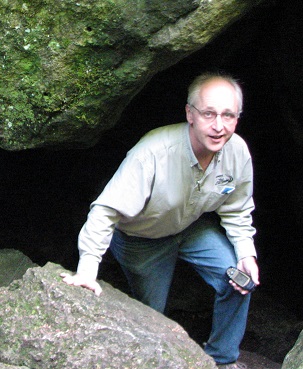
Terry J. Deveau works for Jasco Applied Sciences as Senior Scientist – Ocean Acoustics. He graduated from Penn State University with an MS in Acoustics in 1999. His specialty is computer models of underwater sound. He has been employed in scientific software development since his university undergraduate days in 1974, and in the past has worked for Unysis, MacDonald Dettwiler, and the Government of Canada. He also has a BSc in mathematics, a diploma in engineering, and has done work at the graduate level in astrophysics. Terry has taught object-oriented computer programming at the university level. Terry served as NEARA president for six years (2012-04-21 to 2018-04-18) and is now serving NEARA as 2nd Vice-President and Chapter Coordinator for Atlantic Canada. He also serves with the NEARA editorial team on the publications committee and assists with website development.
In his spare time, Terry has been a life-long student of history, geology, archaeology, mathematics, physics, and astronomy. He is active in exploring and investigating unusual stone structures and petroglyphs in remote areas of the Northeast, but especially his home Province of Nova Scotia, Canada. Terry's French Acadian ancestors have lived in Acadia (now the Maritime Provinces of Canada) since about 1690. Their stories, genealogy, and Acadian history in general are a particular passion for Terry. He also has a great interest in the records (oral, written, stone-built, and archaeological) of the early people of the Northeast, including the indigenous native people as well as those who came here from distant lands (British, French, Portuguese, Basque, and Norse). Terry has appeared in the role of historical consultant on the reality TV series “Curse of Oak Island” on a number of occasions, as well as on a CBC documentary program Land and Sea about the Yarmouth Runic Stone.
Terry is active in the exploration, documentation, and preservation of ancient stone and earthwork structures in the Northeast, particularly those that are not presently adequately understood or documented. Although he has undertaken such projects in Ontario, Quebec, New Brunswick, PEI, Newfoundland, and Labrador, his main activities are focused in his home province of Nova Scotia. His biggest project to-date is the archaeological recognizance survey of the Chain Lakes Watershed, which includes the Bayer's Lake Mystery Walls.
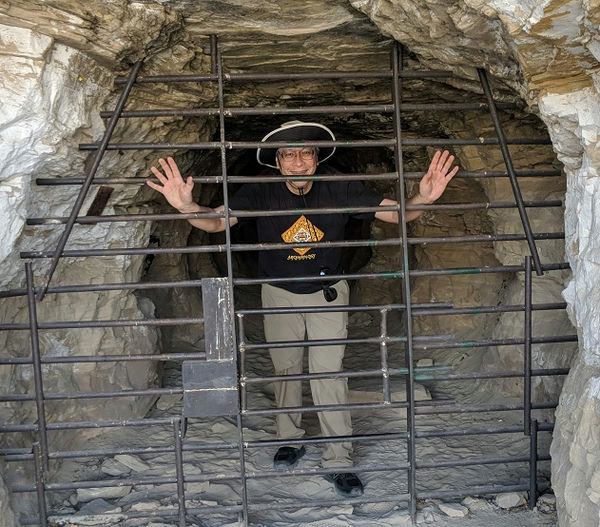
Walter van Roggen is a founder of a software company. He currently serves as NEARA President and chair of the Library and Archives Committee. He acts as Archivist and webmaster. He was chair of the Research and Special Projects Committee for many years. He is also the A/V person at conferences, and had been for many years.
Walter has spent his time at NEARA moving the organization into the 21st century. He led the effort to digitize the Site Files and the Archives and is the creator of SiteDB.org.
If you need to resize or remove any geotag from any JPEG photos, try Photo Metadata Remover and Resizer.
If you need to draw a scale ruler or simple shapes or text on a photo, try Photo Annotator.
If you want to play his version of Wordle, try Waldle.
After finding an interesting rock pile on his own in the woods, Walter learned about NEARA from a friend, George Krusen. Later he was shocked to find out that he had been running on a trail past a visible cairn field two or three times a week for years, without ever noticing those nicely shaped structures.
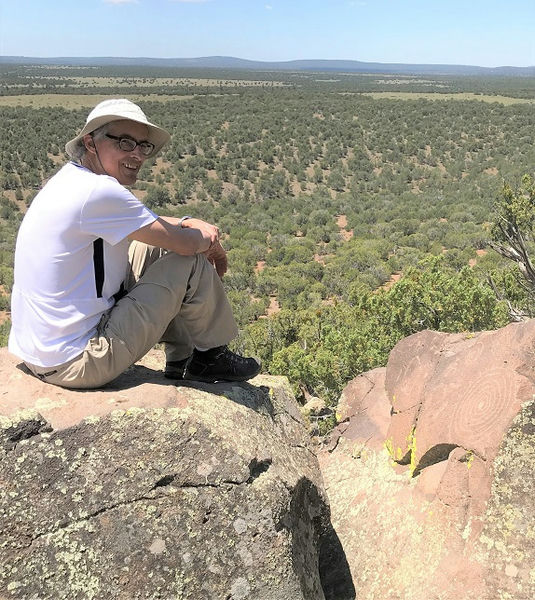
Peter Anick is a research scientist and lecturer at Brandeis University, specializing in computational linguistics and information retrieval. He has many years of experience writing and reviewing for computer science conferences and journals. He is also a regular contributor to the music quarterly, Fiddler Magazine, and co-author of Mel Bay's “Old Time Fiddling Across America” about American fiddling traditions.
As Massachusetts State Coordinator and member of the Research Committee, Peter has been interested in bringing archaeological and historical resources to bear on understanding New England lithic features. He has attended the New Hampshire SCRAP archaeological field school and participated in Paleoindian digs in northern New Hampshire, as well as the Gault site in Texas, working in Clovis and pre-Clovis levels.
Like many NEARA members, Peter enjoys a good road trip. Besides beating the bushes in New England, he has spent many a day crisscrossing the deserts, mountains, and forests of western US in pursuit of petroglyphs, petroforms, and pictographs. Excursions further afield have included Aboriginal Australian songlines, a sunrise at Stonehenge, winter solstice at Machu Picchu, and Paleolithic cave paintings in France and Spain. His own research on New England rock art has been published in the American Indian Rock Art journal.
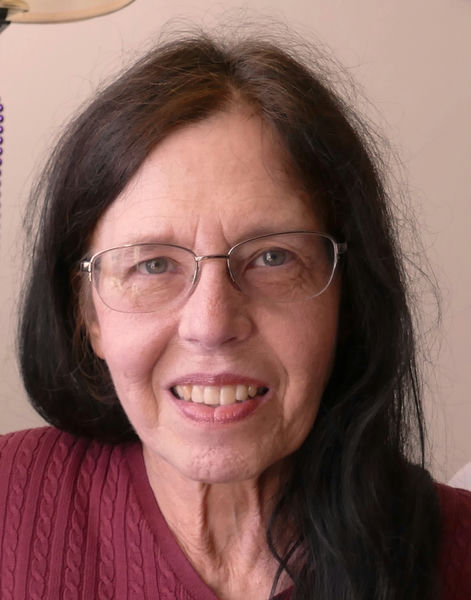
Nancy worked for the United Nations Children's Fund (UNICEF) for thirty years, mainly in Human Resources and International Staff Security. She earned an MA in Anthropology from Hunter College and has participated in archaeology field schools including the State of New Hampshire State Conservation and Rescue Archaeological Program (SCRAP). She received a Certificate in Historic Preservation from Drew University.
Nancy is a Trail Maintainer with the New York-New Jersey Trail Conference (NYNJTC). She has been a Boy Scout volunteer for over twenty-five years in various positions and has served on the Camp Visitation Teams for the National Camp Accreditation Program for the Northeast Region of the Boy Scouts of America, for over 20 years.
Nancy became interested in lithic features and stone circles while traveling in England and Scotland. She joined NEARA at the Castleton Conference, in Castleton, Vermont, in October 1977. Her travels have included visits to Ancestral Pueblo sites and present-day Native American villages and pueblos in the American Southwest. Industrial archaeology, geology and historic preservation are among her interests.
As New Jersey NEARA Coordinator her goal is to continue the ongoing effort to locate and record lithic sites in the state and to identify who used or built them and when, using historic research and modern technology.
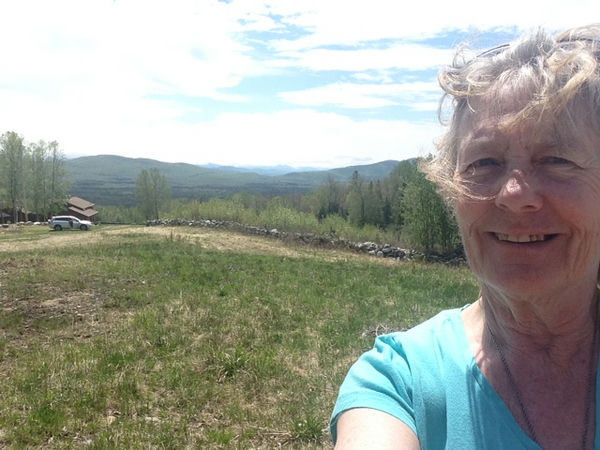
Although Susan Blackstone is not a native Vermonter, she has spent most of her adult life in the far northeast hills of Vermont and likes to refer to herself as a transplant. She came to Vermont in the 70's as part of the “Back to the Land Movement”. She studied video production, acting, and photography in college and had a professional background in sales and marketing within the publishing industry before becoming interested in holistic healing modalities. She is a Nationally Certified Reflexologist and Teacher and operates a small holistic center and Airbnb out of her home in the Northeast Kingdom of Vermont. She is currently the Vermont State Coordinator and an active member of the NEARA Library Committee.
Susan was first introduced to the mysterious concept of an Ancient Vermont in the early 80's when some friends showed her photographs of standing stones and stone chambers around central Vermont. After visiting a stone chamber known as Calendar Two “It was love at first site” and she was determined to learn more about this fascinating subject. While working for the American Society of Dowsers she discovered a copy of the NEARA Transit at their bookstore and contacted the then chapter coordinator, Lisa Gannon. Lisa was leading some summer field trips at the time and introduced her to an old time NEARA Member Ernie Clifford. Susan had the opportunity to visit many lesser known sites around central Vermont with Ernie and Lisa and attended her first NEARA Conference in New Hampshire in 2011.
For the past year, Susan has been working on organizing the NEARA VT files by county and matching up old site reports with new and updated materials. She has also been active in working on the library database and familiarizing herself with the NEARA Library's unusual and unique contents. She is an avid travel photographer with a keen interest in Ancient Civilizations. She is working on a photo journal of her many trips to the megalithic sites she has visited in Mexico, Aruba, the UK, India, and Egypt. Her plans for the NEARA Vermont Chapter are to arrange small field trips this summer and fall to some of the lesser known sites around the state. She is also interested in engaging her chapter members by means of online meetings. She is honored to serve NEARA as the Vermont Chapter Coordinator and is looking forward to a more socially interactive year ahead.
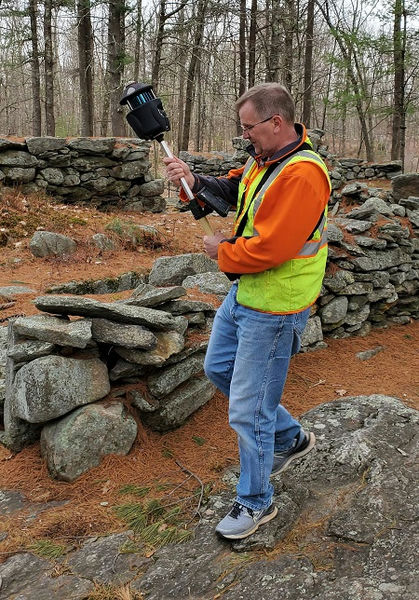
Thomas J. Elmore is a licensed landscape architect in six states and founded Elmore Design Collaborative, LLC in 1999. His firm offers specialized services in historic and cultural landscape preservation, planning and design as well as all aspects of landscape architecture. In 2018, he established The GeoNAV Group, LLC, a 3D LiDAR Scanning and Mapping Company. Some sites that Tom has scanned include America's Stonehenge in Salem, NH, Manitou Hassannash Preserve in Hopkinton, RI, the Newport Tower in Newport, RI, the Old New-Gate Prison and Copper Mine in East Granby, CT (a CT State Museum), several ancient stone structures and landscapes across the northeast, and many historic cemeteries and burying grounds in New England.
Tom's creative and inquisitive capabilities allows him to think of new ways to incorporate technologies into his work. He finds and collaborates with allied professionals in related, but different, fields of interest and expertise with amazing technologies, software and computer capabilities including ground penetrating radar, ESRI ArcGIS with 3D capabilities to load to view aerial LiDAR data, and Stellarium software. This group is one of the first to combine aerial LiDAR data with high-resolution hand-held LiDAR data in ArcGIS to document, view, assess, and analyze ceremonial stone structures and landscapes. He continues to push the limits to create new results and work flows.
In addition to LiDAR scanning, Tom has developed a keen understanding of different types of technologies and how to incorporate them into his work flow, such as photogrammetry, 3D printing of digital twins, and drone photography. Tom has maintained his FFA Remote (Unmanned aerial drone) Pilot certification since February 2020.
In his spare time, Tom volunteers as an Alternate on his Town's Conservation Commission and is a member of Connecticut's Historic Preservation Council.
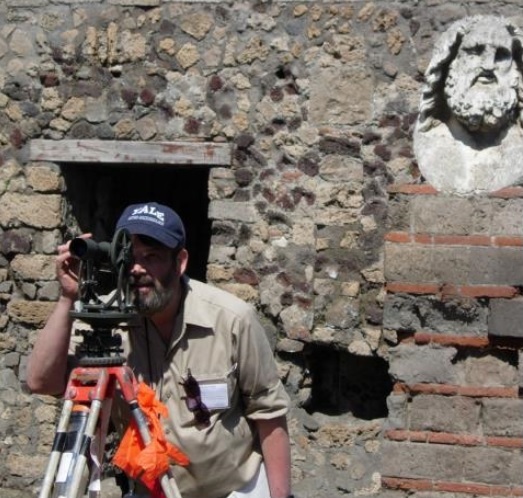
Vance Tiede specializes in GIS and remote sensing applications in order to determine astronomical orientation of ancient monumental architecture worldwide. His research publications on astro-archaeology at Stonehenge, Irish Early Christian oratories, Greco-Roman and Egyptian temples, Mayan and Mississippian pyramid mounds, Babylonian ziggurats and Chinese pyramid tombs may be viewed online at academia.edu.
Vance was mentored by Professor Gerald S. Hawkins, and is a member of the Société Europénne pour l'Astronomie dans la Culture (SEAC), Archaeological Society of Connecticut (ASC), Connecticut Friends of the State Archaeologist (FOSA), and Gungywamp Society (1987-1998). He holds a MA in Archaeological Studies (Yale University) and BA in History (The Johns Hopkins University).
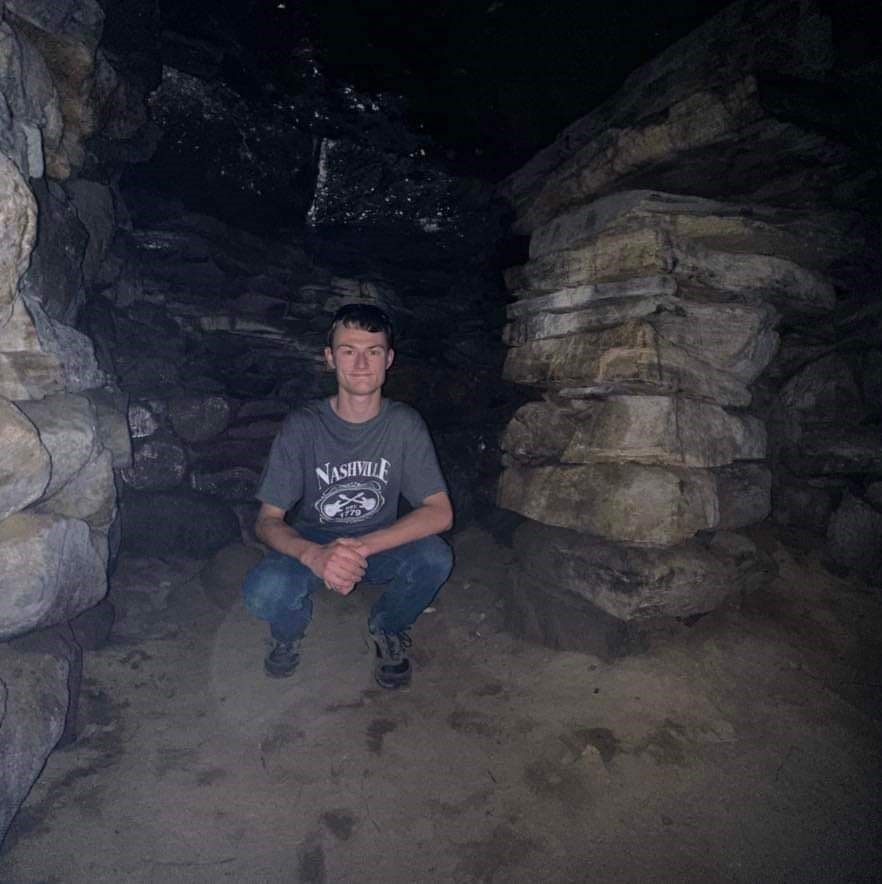
Devon Toland is a fabricator/welder/machinist who works with all kinds of metals, and makes a wide array of different products for various fields. From art, to structural components, railings, staircases, furniture, signs, countertops, and more for residential, commercial, medical, and food grade requirements. He was born and raised in Seacoast, NH, and has always enjoyed getting out to enjoy nature whether it be hiking, fishing, boating, target shooting, or riding one of his motorcycles. Devon and his wife Kelly, have been exploring New England and beyond since 2015 in their spare time. They make an effort to visit some of the less seen sites, such as waterfalls, plane crashes, mines, abandoned military installations, stone structures, and ghost towns.
In June/July of 2023 Devon and Kelly took a trip out west to explore some of the usual tourist stops, as well as getting to see lots of ancient indigenous sites in California and Nevada. They visited the curious stonework of Tomales Point on the coast, carvings and immense walls of petroglyphs in remote desert canyons, and fascinating archaeological discoveries sometimes right on the side of the interstate. While in the desert of Nevada, the two went up towards Pyramid Lake into the Paiute tribal lands and talked with some of the people in order to visit some of the oldest petroglyphs in the country. At the end of their conversation, the elders' decision was to not allow anyone to visit the petroglyphs. Scientists, archaeologists, and even many members of the tribe are not allowed to visit them under any circumstances. While disappointing to hear, Devon and Kelly’s first priority is protecting, and respecting these amazing windows into time that have survived the elements as well as human interactions.
Devon has spent lots of time scouring the extensive NEARA Site DB since joining in early 2023 and will be working with fellow members to add, contribute to, and clarify sites. While interested in the digital and written resources available, his passion is getting in the woods and experiencing what the state has to offer overall, as well as sharing that with other individuals who have common interests.
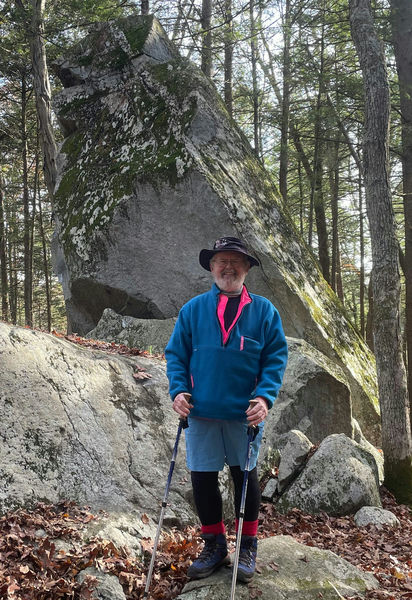
Rob Buchanan first became interested in stone structures through reading an article in a local newspaper about the stone chambers in Putnam County NY and the debate as to their origin. He then found out about and joined NEARA. He has been a member for over 20 years.
Once he learned about the other kinds of structures that NEARA is interested in, Rob realized he had seen many such structures in the woods through his involvement in the sport of orienteering. In 1994 Rob was the NY State Orienteering Champion in his age group and in 1993 was ranked in the top ten in his age group in the US.
Rob has used detailed topographic orienteering maps to find many astounding stone features and stone landscapes. Through his company Rambler Maps Rob produces both orienteering maps and maps of stone features and landscapes. At the Spring 2012 Conference in Concord NH Rob presented a workshop on using orienteering maps to find stone features. This workshop culminated in a field trip to Fox State Forest where participants used an orienteering map to find cairn clusters.
Rob has led many other conference and local NEARA field trips and also has given presentations at NEARA conferences. Rob has also written articles for The Transit and the Rock Piles blog. He is also a regular contributor to the many Facebook groups that focus on the Native American Stone Structures of the Northeast. Rob also hosts a Facebook group called Lithic World. Rob is currently the NEARA Treasurer and was also a Director-at- Large for many years.
Before retiring in 2022 Rob worked for over 40 years as a Litigation Paralegal. Currently Rob works as an outdoor educator facilitating team building and group problem solving activities for groups of elementary through to high school students.
Donna Thompson, originally from Massachusetts, spent her childhood summers exploring rock formations in the New Hampshire forests. Her deep-rooted passion for research and archaeology led her to NEARA.
Over the years, she has played pivotal roles in the organization, including chairing the nominating committee, organizing conferences, leading field trips, presenting at NEARA conferences, and digitizing NEARA’s extensive holdings for sitedb.org. Donna holds an undergraduate degree in environmental studies. Prior to completing her Masters in Archaeology at the University of Exeter, she served as NH chapter coordinator and was a long-term volunteer for New Hampshire State Conservation and Rescue Archaeology Program (NH SCRAP). Additionally, as a key member of the research committee, she spearheaded NEARA’s Research Committee’s OSL study on various sites in New Hampshire.
She has worked at archaeological sites in Europe, Texas, and across the Northeast. She currently works in local government in the land use and development field. Donna's background with NEARA and in local and state government has equipped her with valuable skills in organizing meetings, maintaining minutes, managing files, and handling digital assets.
Kitty O’Riordan is a cultural anthropologist who has been studying the people, methods, and literature surrounding the cultural stone features debate in New England for nearly a decade. She is interested in science and technology studies (STS); nonprofessional scientists; Indigenous science, land rights, and resistance to settler colonialism; and concepts of identity, memory, belonging, and heritage as they relate to relationships between people and landscapes in this region.
Originally from Cleveland, Ohio, she graduated with her PhD from the University of Connecticut in 2023.
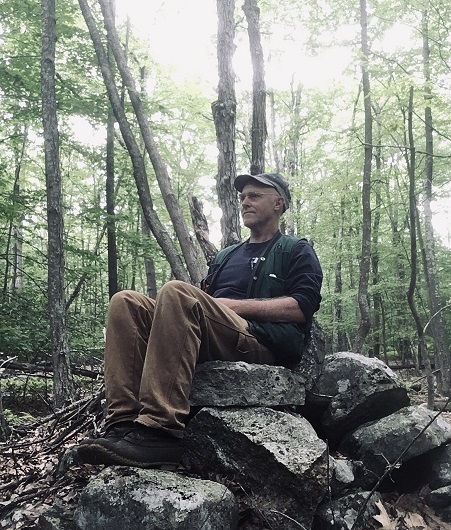
Recently retired from a 33-year career as a Wildlife Biologist/Ecologist managing a system of nature preserves across New Jersey, Martin has now focused his attention on locating Ceremonial Stone Landscapes in New Jersey. He works closely with the Ramapough Lenape Nation Turtle Clan and the NJ State Historic Preservation Office in this endeavor.
Involved with NEARA since 2017, he has identified dozens of locations in New Jersey of cairn fields both big and small, stone serpents, chambers and a whole lot more. Martin has provided short summaries of some of his finding at NEARA conferences and made two Zoom presentations at the 2021 fall NEARA conference: on using LiDAR to find sites and on two stone chambers.
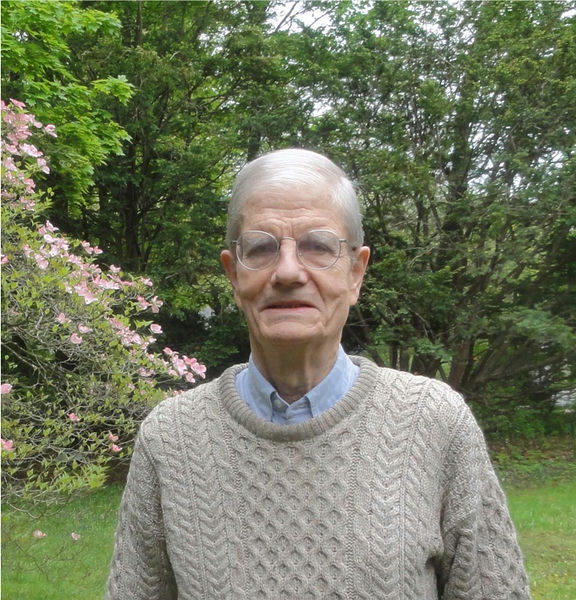
Frederick W. Martin earned his doctorate in physics at Yale University in 1964. After a stint in commercial semiconductor research, he served at universities located in Europe, Kentucky, and Maryland where he taught classes and led research into atomic collisions at high velocities funded by the National Science Foundation. Subsequently he founded two small research companies using such collisions in microscopy, leading to more NSF support, patents, more publications, and a specialized lens sold worldwide before retirement in 2020.
In 1975 he read the works of the British professor Alexander Thom, especially his book Megalithic Lunar Observatories, and began fieldwork in archaeology as an avocation. Like Byron Dix, he set out to find stone remains in New England. With wife Beppy and young children he made many weekend visits to walking sites with names retaining the Puritan association of Native American meeting places with devil worship, or with the name of the Wampanoag tribe leader “King Philip.”
This led to much work on King Philip's Rocks in Sharon MA, including a GPS survey with the town conservation agent, an early oral report at the NEARA 2001 Fall Meeting, preservation of 150 acres by town meeting votes, two articles in the Bulletin of the Massachusetts Archaeological Society with Ted Ballard and Jim Mavor, another oral report on the Archaic date of the site (by Lockyer's method) at a combined NEARA/MAS meeting, and a certificate of appreciation from the Sharon Friends of Conservation.
The first NEARA report led to published work with Polly Midgley, Beppy Martin, and Walter Wheeler on the possible sightings of the setting sun and moon as seen from the semicircular plaza in front of the Kings Chamber in Putnam Valley NY. Realization of the opportunity to do OSL dating during repair of the Upton Chamber for public safety reasons led to published work with Cathy Taylor which proved for the first time that a chamber was constructed prior to European settlement. Much more still unpublished work on sightlines at the Balanced Rock in Canton MA, which face southwards where the moon cannot rise, has led to identification of sightlines to the ends of the Milky Way on the horizon, both at Canton and larger sites such as Newark, Ohio, Lizard Mounds, Wisconsin, and Chimney Rock, Colorado.